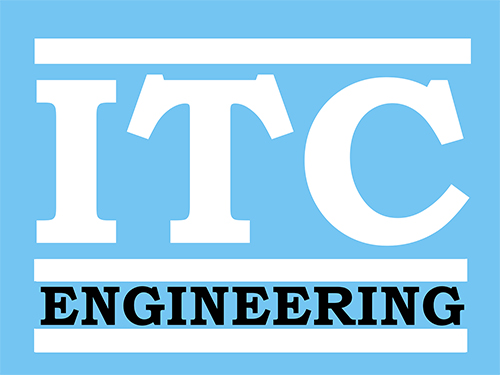
Medical key functions include input, storage, display,
process and output of data and of telecommunication
messages.
Test Methods Capabilities
Equipment are mainly covered by EN/ IEC 60601-1-2,
IEC 60601-1-6, IEC 60601-1-8, IEC 60601-1-9, IEC 60601-1-11,
IEC 60601-1-12, IEC 60601-2-2, IEC 60601-2-10, IEC 60601-2-18, IEC 60601-2-22,
IEC 60601-2-24, IEC 60601-2-27, IEC 60601-2-31, IEC 60601-2-34, IEC 60601-2-47,
IEC 60601-2-57, IEC 60601-1-1 (Amd.3.1).
The standard identifies higher level immunity requirements for life-supporting
equipment and lower immunity requirements for non-life
supporting equipment.
Short Customer List
AliveCor, CarlZeiss Meditec, Channel Medsystems, Concensus,
Corinth Medtech, Eko Devices, GE Healthcare, K2 TABLES, Knox Medical,
MedFolio, Meditrina, Olympic ophthalmics, Owlet Baby Care, Peak Surgical,
PhysioWave, Medtronics, PCI, Precision Biopsy, Primaeva Medical, Propel Orthodontics,
Relign, RH USA inc, SANARUS, Seiler Instrument, Smart Vision Labs, St Jude Medical,
Techniquip, Terumo Medical, Tivic Health Systems, TransAct, Triple Ring technologies, Tesla
Vision Care Devices, Zuno.







 Radiation Hazard includes the following areas:
Radiation Hazard includes the following areas: